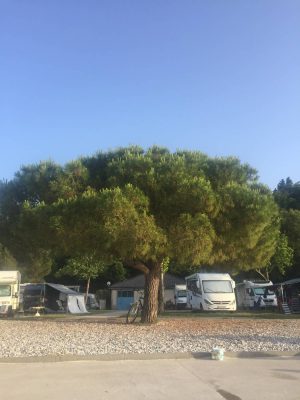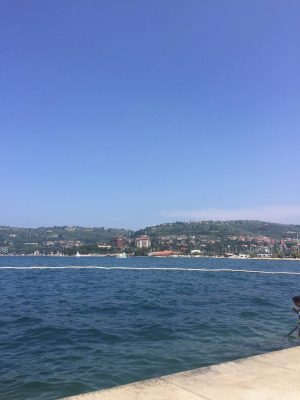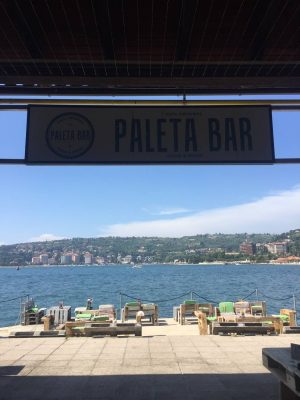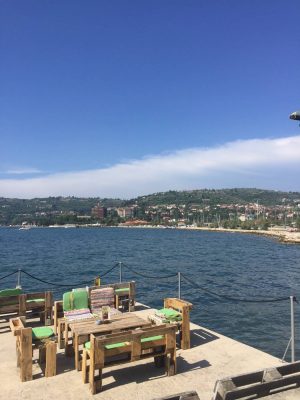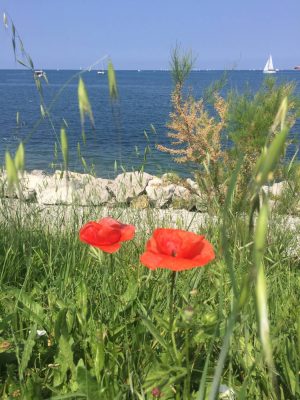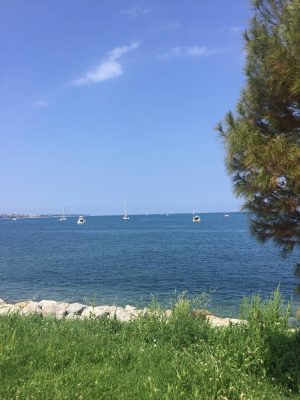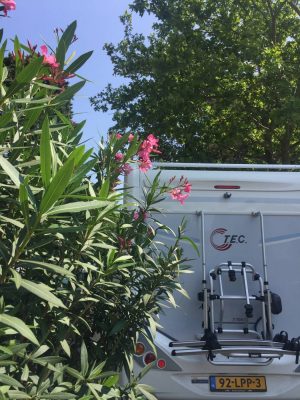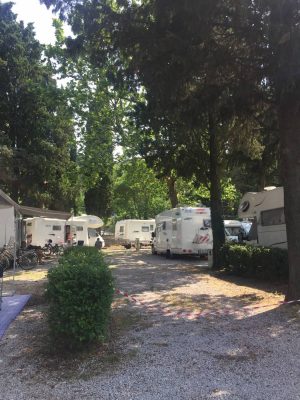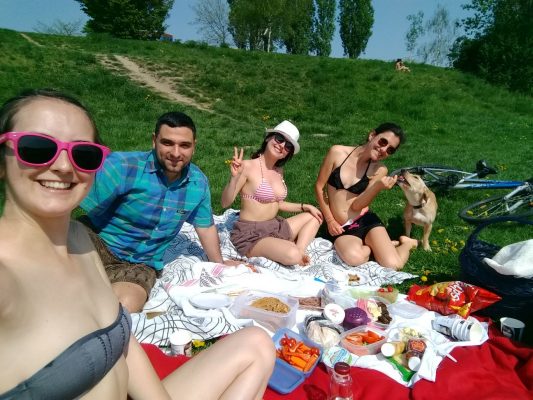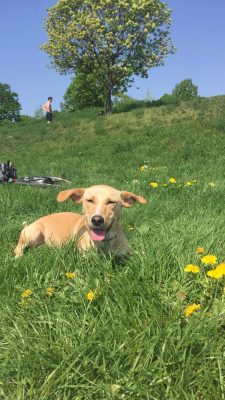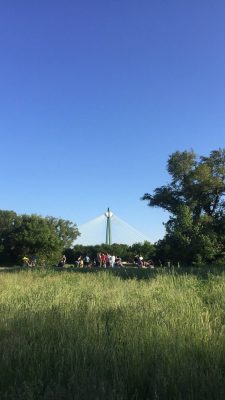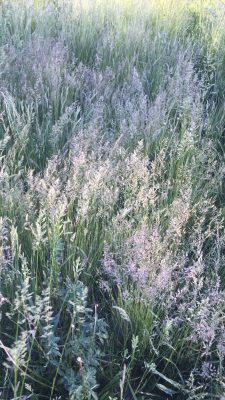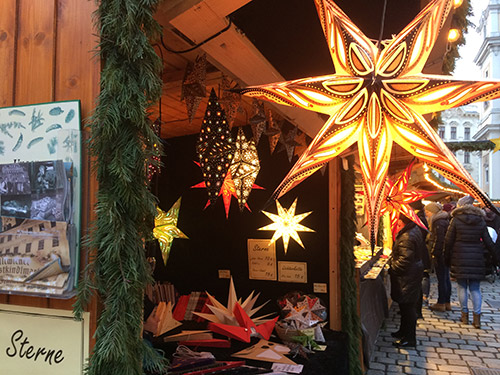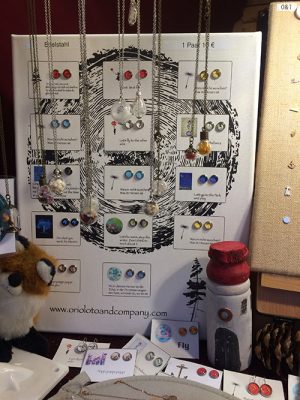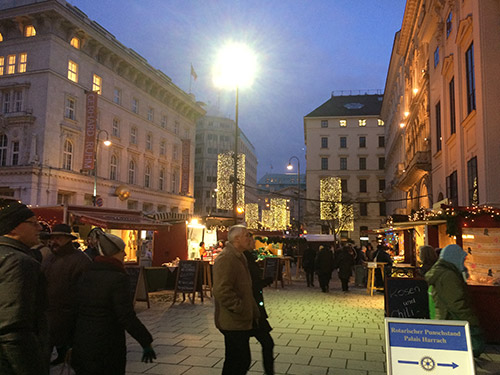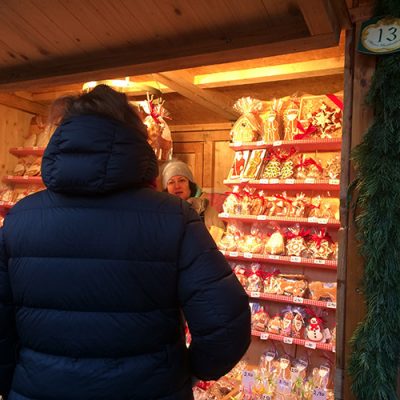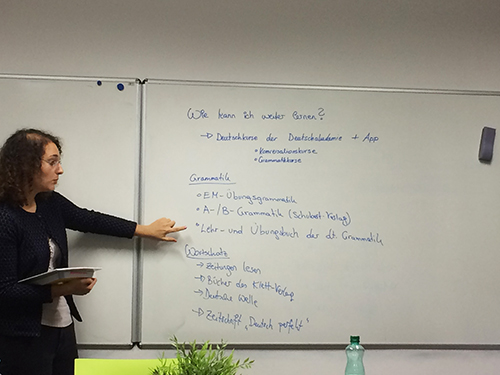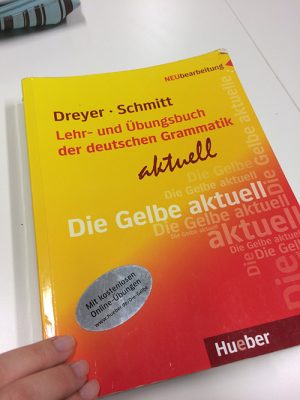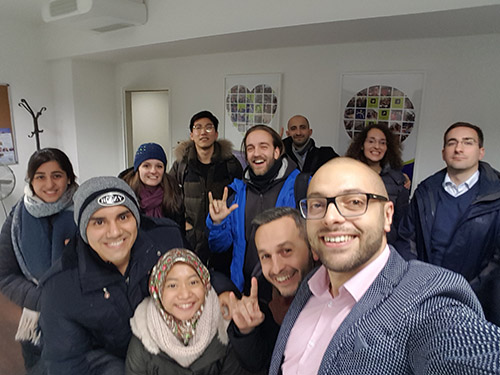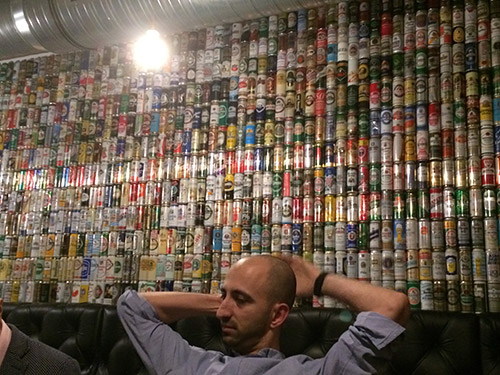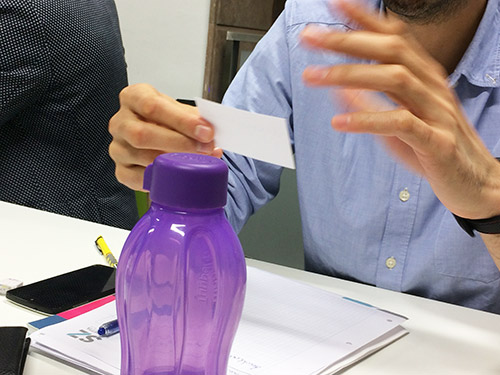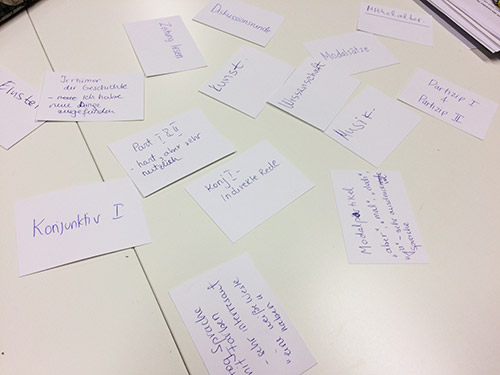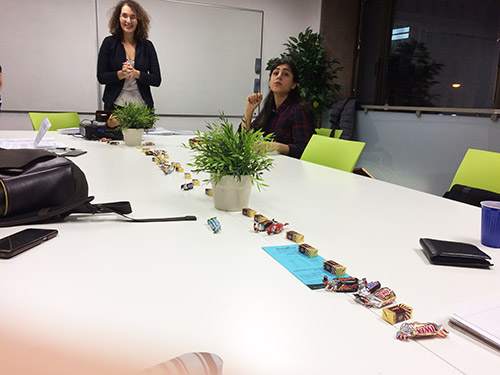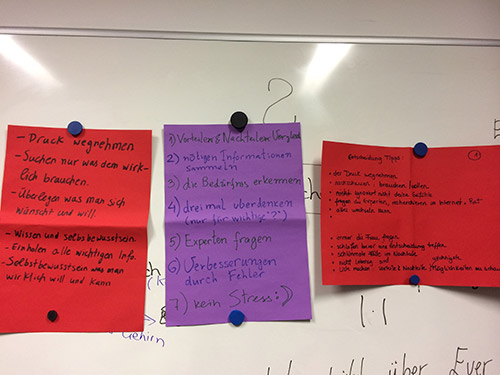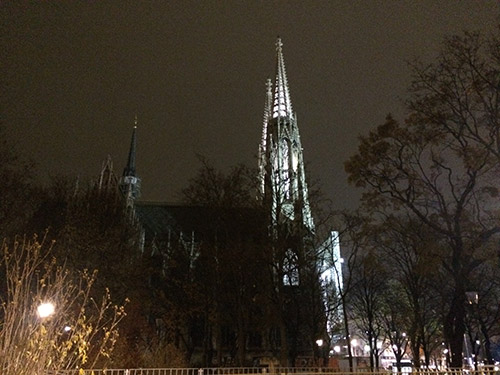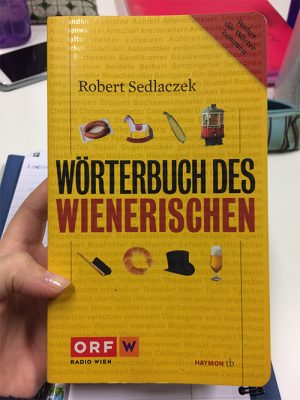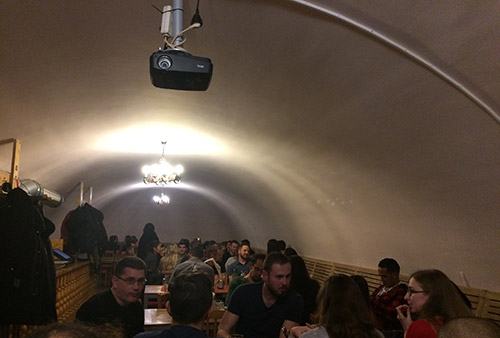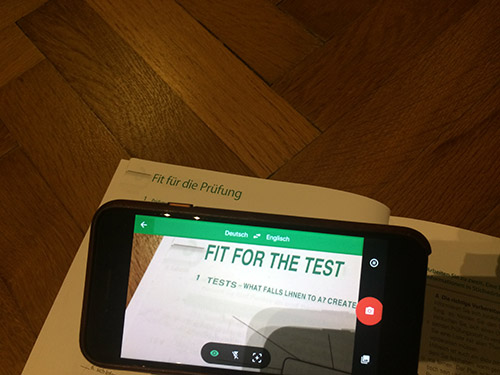Long weekend destination: Slovenia
Austria is the country with the most bank holidays in Europe! This means that people have a lot of opportunities for short trips in nearby locations. Slovenia is a perfect choice for long weekend with family and friends. It’s five hours drive from Vienna.
Rent a car
If you don’t have own car you can rent one. We did it online in one of the biggest rent a car companies. The bad thing about this particular destination (Slovenia) is that you have to paid extra money. All the Balkan countries are in a list of „dangerous“ ones and that’s why there is a fee. For country like Italy or France you don’t need to pay extra. The option for second driver is also extra paid. We (4 person plus dog) had great BMW from Thursday morning till Sunday afternoon for 280 euro, diesel included.
Camp Lucija
Our destination was Cam Lucija. The autobahn is more than perfect and fast and the driver can really enjoy the road. No extra documents or taxes are needed for crossing Slovenian border. Camp Lucija is located in perfect part of land on Adriatic sea. The beautiful blue colour of this sea is amazing and comparable only with Capri, Italy! Surrounded by olive trees and oleanders, the camping is really nice. On the one side is located little charming harbour for boats and yachts. You can feel the Mediterranean spirit – Italy is so closed to this place not only geographically but also in architecture, temper and language. Almost all the local people speaks fluent Italian. The camp is very clean and well maintained.
There are two sectors: more and less expensive. Honestly there is no dramatically difference so it’s up to you. For 3 nights we paid 90 euro in the less expensive zone. If you want to have electricity you can pay additionally and have it. We used only solar energy (coming from two four sided solar batteries) during our stay …. (to be continued).

